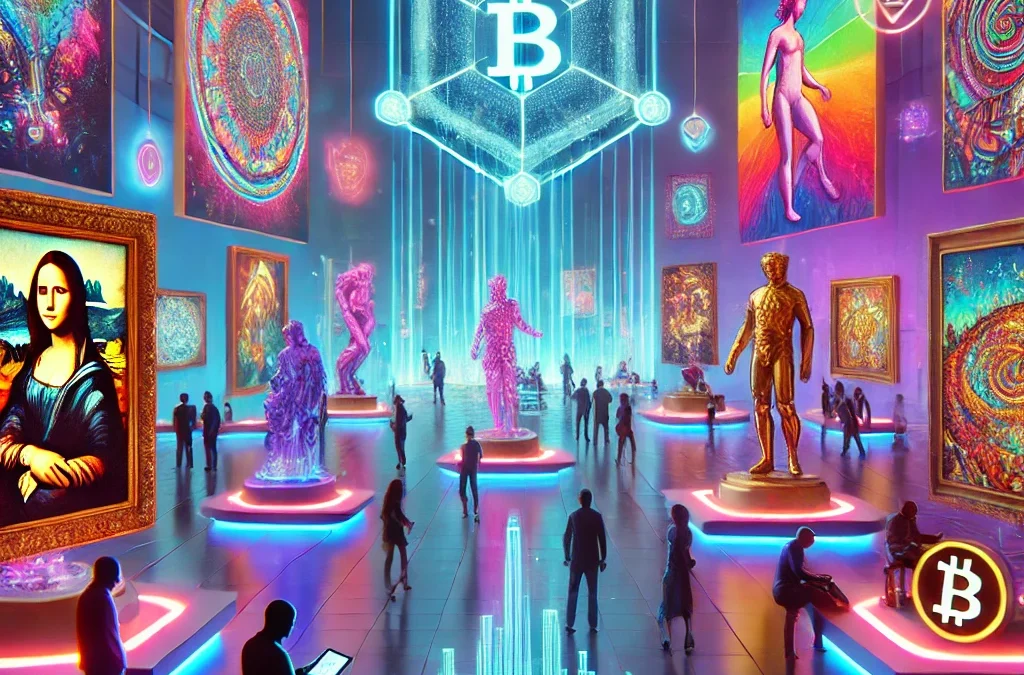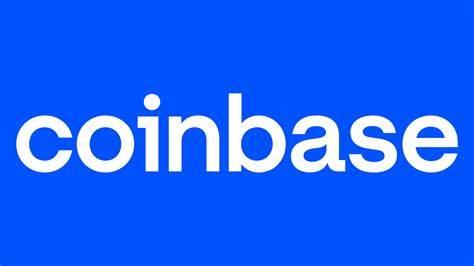The Rise of NFTs: How Blockchain is Revolutionizing Digital Art and Collectibles
In recent years, the world of digital assets has experienced a revolution unlike any other, driven largely by the rise of non-fungible tokens (NFTs). These unique digital assets, powered by blockchain technology, are reshaping the way we think about ownership, art, and collectibles in the digital age. As NFTs continue to gain momentum, they are providing new opportunities for artists, collectors, and investors alike, offering a fresh perspective on how value can be created and exchanged in the digital realm.
What Are NFTs?
Non-fungible tokens, or NFTs, are digital assets that represent ownership or proof of authenticity of a unique item or piece of content, recorded on a blockchain. Unlike cryptocurrencies such as Bitcoin or Ethereum, which are fungible and can be exchanged on a one-to-one basis, NFTs are unique and cannot be exchanged on a like-for-like basis. Each NFT has its own distinct value and identity, making it ideal for representing digital art, music, videos, virtual real estate, and even in-game items.
How Blockchain Powers NFTs
At the core of the NFT phenomenon is blockchain technology, which provides a decentralized and secure ledger that records transactions and ownership. Blockchain’s transparency and immutability make it an ideal platform for verifying the authenticity and provenance of digital assets. When an artist creates an NFT, a smart contract—a self-executing contract with the terms of the agreement directly written into code—is minted on the blockchain. This smart contract ensures that the details of ownership, transferability, and royalties are permanently and transparently recorded, providing peace of mind to both creators and buyers.
The NFT Boom in Digital Art
The art world has been one of the most significant beneficiaries of the NFT revolution. Before NFTs, digital artists struggled to monetize their work effectively, as digital files could be easily copied and shared without compensation. NFTs have changed the game by allowing artists to tokenize their digital creations, turning them into unique, verifiable assets that can be bought, sold, and traded on various NFT marketplaces.
The boom in digital art NFTs can be traced back to high-profile sales, such as Beeple’s “Everydays: The First 5000 Days,” which sold for a staggering $69 million at Christie’s auction house in 2021. This sale not only underscored the potential financial value of digital art but also legitimized NFTs as a viable medium for artists and collectors. Since then, countless artists have flocked to the NFT space, attracted by the potential to reach global audiences, earn royalties on resales, and gain recognition for their work.
Beyond Art: NFTs and Collectibles
While digital art has been a significant driver of the NFT market, the impact of NFTs extends far beyond art. NFTs are also revolutionizing the world of collectibles, offering new ways for enthusiasts to own and trade unique digital items. From sports memorabilia and trading cards to virtual pets and gaming assets, NFTs have unlocked a new frontier for digital ownership and investment.
For example, NBA Top Shot, an NFT platform that allows fans to buy, sell, and trade officially licensed NBA collectible highlights, has seen tremendous success, generating over $700 million in sales within its first year. Similarly, virtual worlds like Decentraland and The Sandbox are enabling users to buy, sell, and build on virtual land, creating a burgeoning market for digital real estate.
The Future of NFTs: Opportunities and Challenges
As NFTs continue to gain popularity, the possibilities for their application are vast and varied. From revolutionizing the way we consume and interact with digital content to creating new economic models for creators, the potential of NFTs is only just beginning to be explored. For musicians, filmmakers, and other content creators, NFTs offer a way to directly engage with their audiences, monetize their work, and retain control over their intellectual property.
However, the rise of NFTs is not without its challenges. The environmental impact of blockchain transactions, particularly those conducted on proof-of-work blockchains like Ethereum, has raised concerns about energy consumption and sustainability. Additionally, the NFT space has seen its fair share of scams, fraud, and copyright issues, highlighting the need for better regulation and consumer protection.
The rise of NFTs marks a significant milestone in the evolution of digital assets and blockchain technology. By providing a new way to create, buy, and sell digital art and collectibles, NFTs are empowering creators and collectors, fostering innovation, and reshaping traditional markets. As the technology matures and the market evolves, NFTs have the potential to revolutionize not just the art world, but the broader digital economy, offering exciting new opportunities for artists, investors, and enthusiasts alike.
The future of NFTs is bright, and as the technology behind them continues to evolve, we can expect to see even more groundbreaking developments in how we interact with digital content and value in the years to come.



